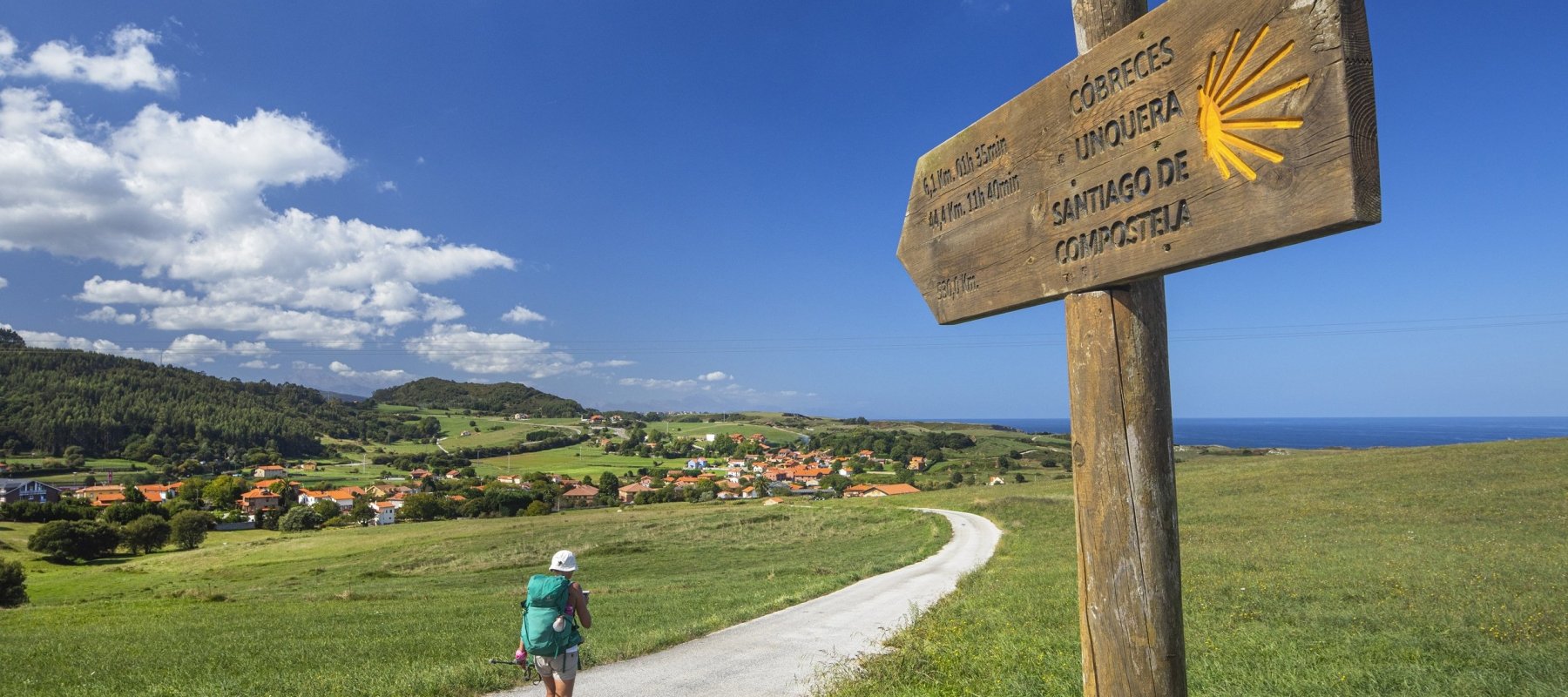Hiking is often regarded as one of the most accessible outdoor activities, offering an excellent way to connect with nature and get some exercise. But for those seeking more than just a leisurely stroll, the challenge of a trail that tests both the body and the mind is a different kind of adventure altogether. Some trails require more than physical endurance—they demand mental fortitude, problem-solving skills, and the ability to adapt to unexpected challenges.
The idea of a hike that engages both body and mind is appealing to anyone who seeks not just the thrill of physical exertion, but also the intellectual stimulation that comes with navigating complex landscapes, solving puzzles, and overcoming mental obstacles. These trails go beyond the ordinary, creating an experience that combines physicality with strategic thinking.
In this article, we’ll explore some of the most challenging trails around the world that engage both your body and your mind, pushing you to the limits of endurance while requiring you to stay sharp, make decisions, and often, face your fears.
1. The Inca Trail, Peru
The Inca Trail is one of the most iconic trekking routes in the world. Stretching over 26 miles, this ancient path leads hikers through the heart of the Peruvian Andes to the awe-inspiring Machu Picchu. While the physical challenge of the trail, with its steep ascents, high altitudes, and fluctuating temperatures, is a major test of endurance, it’s the mental challenges that truly set it apart.
The trail requires hikers to navigate ancient stone steps, which, though beautiful, can be treacherous. There are also periods of altitude sickness to consider as hikers climb to over 13,000 feet. But perhaps the most engaging aspect of the Inca Trail is the constant need for problem-solving. There are frequent opportunities to reflect on the ancient culture that built the path and understand how their engineering marvels have withstood centuries of wear and tear.
Moreover, the sense of awe that comes with walking in the footsteps of the Incas, with every turn revealing new historical wonders, encourages deep reflection and mental engagement. It’s not just about getting to Machu Picchu—it’s about interpreting the clues of history along the way, which demands a blend of physical and intellectual stamina.

2. The Camino de Santiago, Spain
The Camino de Santiago (The Way of St. James) is a network of ancient pilgrimage routes that have drawn travelers for over a thousand years. The most famous route, the French Way, spans over 500 miles from France to the Spanish city of Santiago de Compostela. It is a journey that can take anywhere from several weeks to over a month to complete, making it one of the longest and most mentally demanding trails in the world.
While the physical challenge of walking long distances each day is significant, the mental challenge of the Camino is even more profound. This is a journey of introspection and spiritual growth. Pilgrims often walk for hours on end, surrounded by the quiet beauty of the Spanish countryside, with only their thoughts for company. The solitude of the path provides the opportunity for personal reflection, self-discovery, and even emotional healing.
The mental endurance required to finish the Camino lies not only in enduring the physical fatigue but also in facing the psychological struggles that come with such a long journey. The sense of accomplishment, once you reach Santiago, is not just physical but deeply emotional, the result of conquering both the body’s limitations and the mind’s doubts.
3. The Annapurna Circuit, Nepal
Located in the heart of the Himalayas, the Annapurna Circuit is one of the most renowned trekking routes in the world. The trek stretches over 128 miles and takes hikers through a variety of landscapes—from subtropical forests to alpine meadows, with the towering peaks of Annapurna, Machapuchare, and Dhaulagiri in the distance. What makes the Annapurna Circuit particularly challenging is the wide range of terrains, combined with the high altitudes that gradually climb up to over 17,700 feet at the Thorong La Pass.
While the physical challenge of trekking through diverse terrains is demanding, the real mental test comes from the altitude and the risks associated with crossing high mountain passes. Altitude sickness is a common concern, and trekkers must be vigilant, constantly monitoring how their bodies react to the increasing elevation. Mental toughness is required to endure the uncertainty and the fear of the risks involved.
Furthermore, this trail is often taken in small groups or solo, which can make the journey feel isolating. With limited access to modern communication and occasional stretches without contact with other trekkers, hikers must rely on their own resilience, decision-making, and adaptability. The Annapurna Circuit is not only a physical test; it is a journey of survival, self-reliance, and mental clarity.
4. The Tour du Mont Blanc, France, Italy, and Switzerland
The Tour du Mont Blanc (TMB) is one of Europe’s most spectacular and challenging long-distance hikes. Stretching across France, Italy, and Switzerland, the TMB is approximately 105 miles long and passes through some of the most breathtaking alpine scenery in the world. The trail takes hikers through challenging ascents, dramatic descents, and a variety of climates, from dense forests to snowy alpine meadows.
The physical challenge of hiking over rugged terrain, navigating through rain or shine, and climbing up to altitudes over 10,000 feet requires peak physical conditioning. But the mental challenge is just as significant. The trail demands constant navigation, as many sections can be disorienting, and decision-making is key to a safe and successful journey. Whether it’s choosing the right path during a storm or pacing yourself for the long haul, the TMB forces you to remain present and focused at all times.
Moreover, the TMB offers hikers the unique experience of crossing through multiple countries and cultures, each with its own history and traditions. This mix of diverse environments, cultures, and weather conditions makes the trail an intense test of both body and mind. Those who complete the Tour du Mont Blanc don’t just finish a physical challenge—they have gained a new appreciation for the world around them and their own inner strength.
5. The John Muir Trail, USA
The John Muir Trail (JMT) stretches for 211 miles through the Sierra Nevada mountain range, from Yosemite Valley to the summit of Mount Whitney. Known for its stunning scenery, the JMT is a test of endurance, with its challenging elevations and steep climbs. Hikers typically take about three weeks to complete the journey, covering rugged terrain, icy rivers, and remote wilderness.
The physical aspects of the JMT, including high-altitude passes and unpredictable weather, are certainly demanding, but what makes it truly challenging is the mental resilience required to finish. Being in such a remote environment, with limited access to technology and people, forces hikers to confront their own thoughts and fears. The solitude can be both comforting and unsettling, and hikers must learn to navigate both the external and internal landscapes.

What’s more, the JMT traverses some of the most pristine wilderness in the U.S., which requires hikers to leave no trace and respect the delicate environment around them. The physical toll combined with the mental focus needed to practice good stewardship of the land makes the JMT a holistic challenge for both mind and body.
6. The Overland Track, Australia
Australia’s Overland Track, located in Tasmania, is a 40-mile hike that takes trekkers through dense forests, alpine meadows, and along glacial lakes. While not as high in elevation as some of the other trails listed here, the Overland Track presents its own set of challenges. The weather in Tasmania is unpredictable, with hikers often experiencing cold temperatures, rain, and fog. The trail itself features steep climbs, slippery rocks, and unpredictable terrain, all of which demand physical stamina and agility.
What makes the Overland Track particularly mentally engaging is the challenge of staying on course in often difficult visibility conditions. In some sections, the path can become difficult to follow, requiring careful navigation and decision-making. Additionally, the trail is isolated, with limited access to communication or assistance, which forces hikers to be self-reliant and think quickly in case of an emergency.
The wilderness surrounding the Overland Track offers a unique opportunity for reflection. With its remote setting and the mental challenge of keeping focused, the trail provides an environment where physical stamina and mental clarity are equally important.
7. The Kalalau Trail, Hawaii, USA
The Kalalau Trail, located on the Hawaiian island of Kauai, is one of the most challenging—and beautiful—trails in the United States. Spanning 11 miles, the trail takes hikers through dense jungle, across muddy streams, and along precarious cliffs. The physical challenges of the trail are significant, with steep climbs and descents, muddy paths, and unpredictable weather.
However, the real mental challenge of the Kalalau Trail lies in the need for intense focus and adaptability. The rugged nature of the terrain requires hikers to make careful decisions with every step, often while navigating slippery rocks or crossing fast-moving streams. The trail is also isolated, with no cell service or immediate access to help, so hikers must be self-sufficient and resourceful.
Despite these challenges, the beauty of the landscape rewards those who complete the trail. With its stunning cliffs, pristine beaches, and verdant jungle, the Kalalau Trail is a reminder that physical and mental challenges often lead to some of life’s most rewarding experiences.
Conclusion
The trails that challenge both the mind and the body are the ones that truly test our limits. Whether it’s navigating through history, facing the elements, or simply being forced to confront our inner thoughts, these trails offer more than just a physical challenge. They provide an opportunity for personal growth, mental clarity, and emotional resilience. Hiking these routes is not just about finishing at the destination—it’s about embracing the journey and pushing past the limits of what we thought we could endure.























